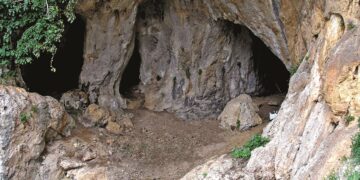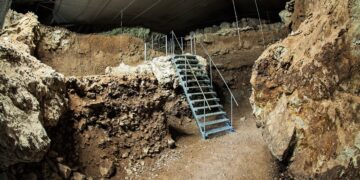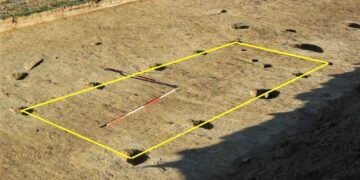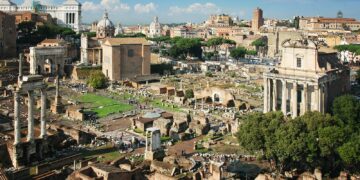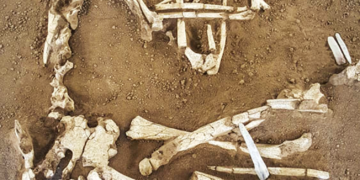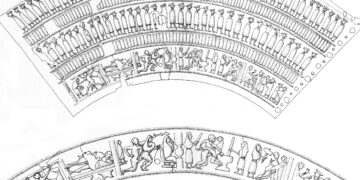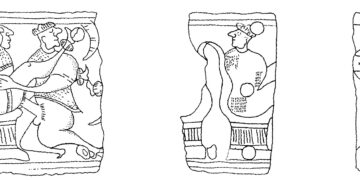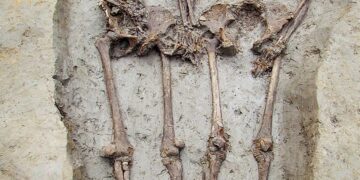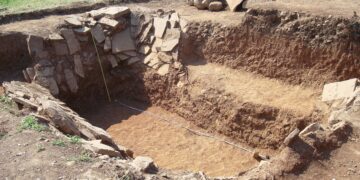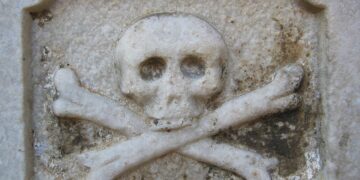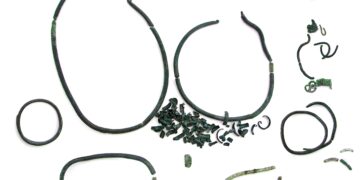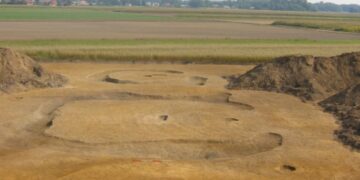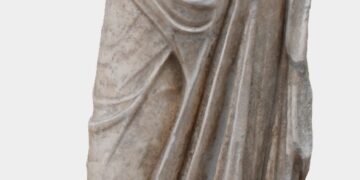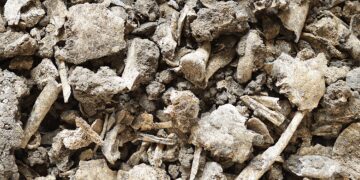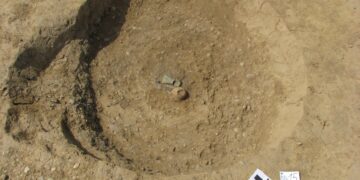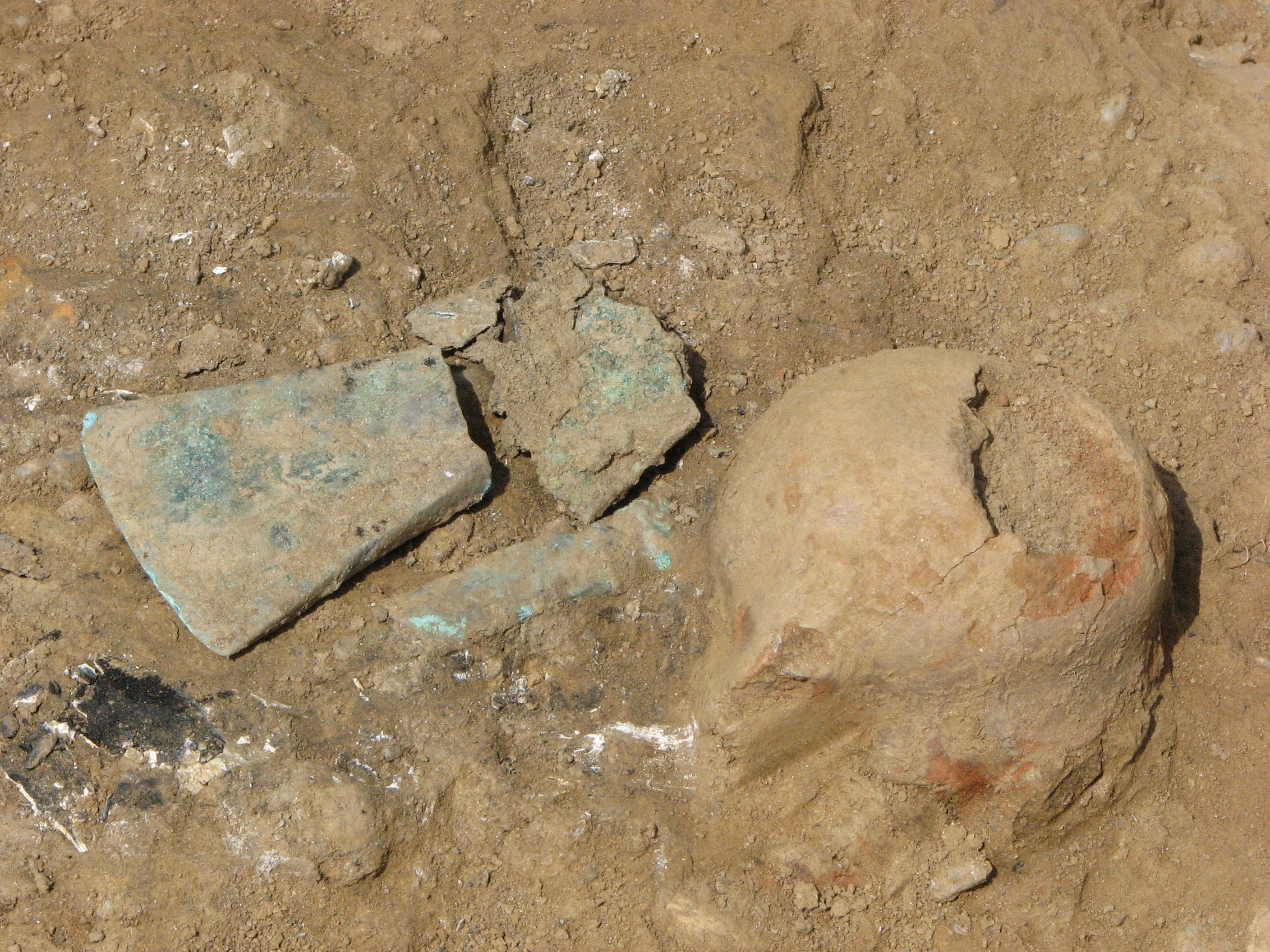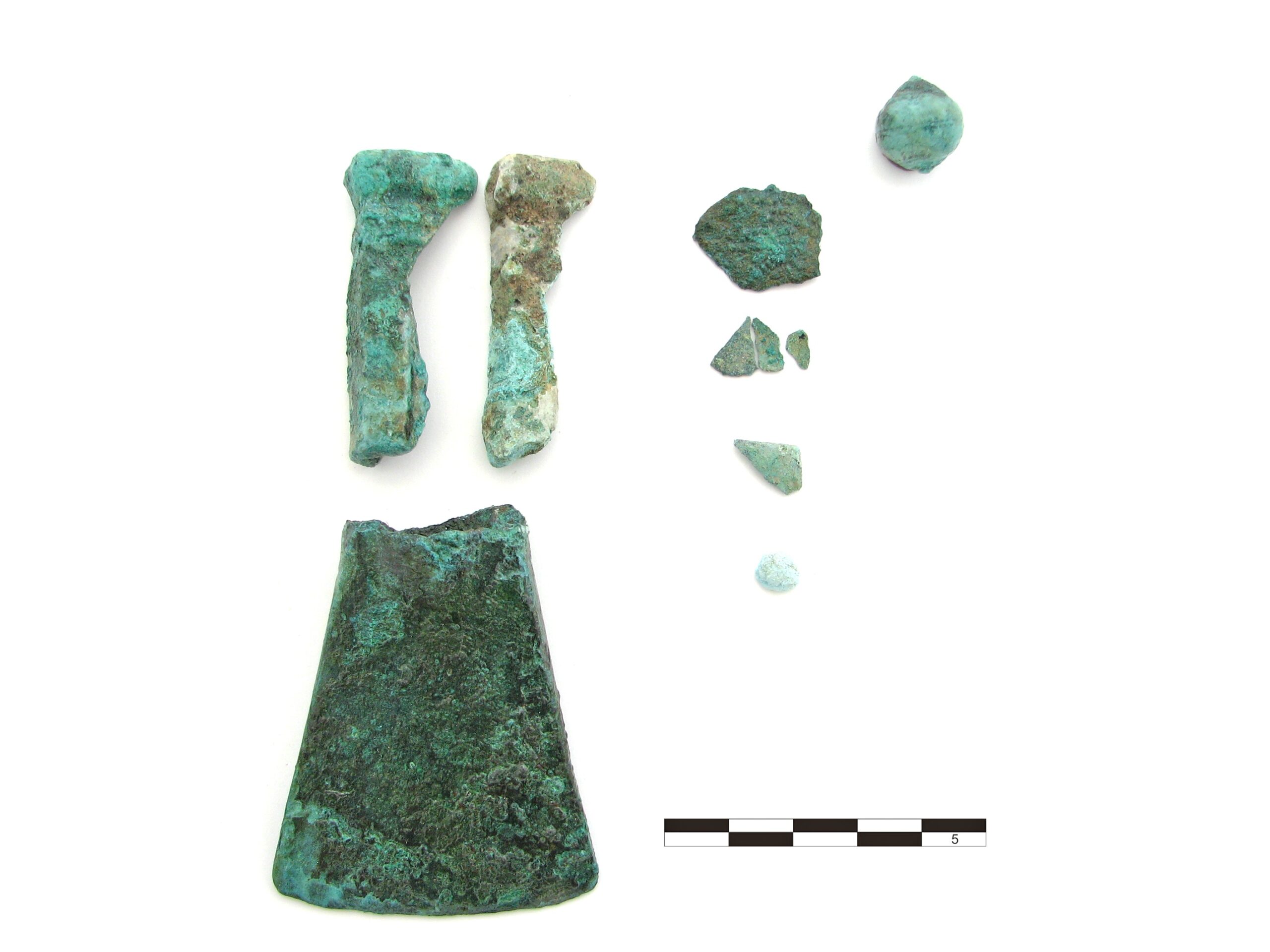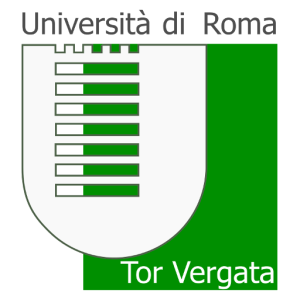The appearance of urnfields in the Late Bronze Age marks a major transition in burial rites from the previous predominance of inhumations, often under round barrows, to a predominance of cremations. The Urnfield tradition in central and eastern Europe is generally characterized by diagnostic pottery and metal types. By the end of the 2nd millennium BC, it had spread through Italy, north-western Europe, and as far west as the Pyrenees. It is at this time that fortified hilltop settlements and sheet‐bronze metalworking also spread widely across Europe.
The age of the deceased, buried in the grave 15 from the Urnfield cemetery in Zavrč in Slovenia, could not be determined. His body was thoroughly cremated and bones smashed – perhaps not even all the cremated remains were collected and deposited in the grave pit. We assume he was a young male – the grave goods included a single cup, a bronze axe, a razor and a pin. All the metal items were violently broken. Fragmentation was an important part of the ceremony – a single fragment of his axe was discovered in another male burial.

